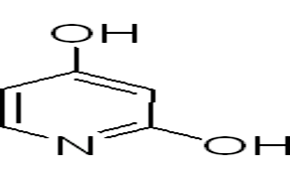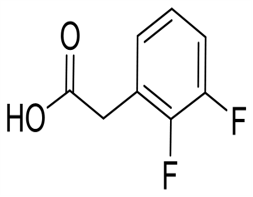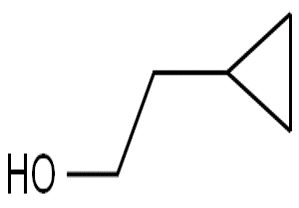Pyridine-2 4-diol(CAS# 84719-31-3)
| Hazard Symbols | Xi – Irritant |
| Risk Codes | 36/37/38 – Irritating to eyes, respiratory system and skin. |
| Safety Description | S26 – In case of contact with eyes, rinse immediately with plenty of water and seek medical advice. S36 – Wear suitable protective clothing. S37/39 – Wear suitable gloves and eye/face protection |
| WGK Germany | 3 |
| RTECS | UV1146800 |
| HS Code | 29339900 |
| Hazard Class | IRRITANT |
Introduction
2,4-Dihydroxypyridine. It has the following properties:
Appearance: 2,4-Dihydroxypyridine is a white crystalline solid.
Solubility: It has good solubility and is soluble in water and a variety of organic solvents.
Ligand: As a ligand for transition metal complexes, 2,4-dihydroxypyridine can form stable complexes with metals, which are widely used in the preparation of catalysts and important organic synthesis reactions.
Corrosion inhibitor: It is used as one of the components of metal corrosion inhibitors, which can effectively protect metal surfaces from corrosion.
The preparation method of 2,4-dihydroxypyridine is as follows:
Hydrocyanic acid reaction method: 2,4-dichloropyridine is reacted with hydrocyanic acid to obtain 2,4-dihydroxypyridine.
Hydroxylation reaction method: 2,4-dihydroxypyridine is generated by the reaction of pyridine and hydrogen peroxide under a platinum catalyst.
Safety Information: 2,4-Dihydroxypyridine is a chemical substance and should be used with caution:
Toxicity: 2,4-Dihydroxypyridine is toxic at certain concentrations and may cause irritation to the eyes and skin when contacted. Direct contact with and inhalation of its dust should be avoided.
Storage: 2,4-Dihydroxypyridine should be stored in a dry, cool place to avoid contact with oxidants and strong acids. During storage, attention should be paid to moisture protection to prevent it from deteriorating due to moisture.
Waste disposal: Reasonable disposal of waste, should comply with local environmental laws and regulations, to avoid environmental pollution.
When using 2,4-dihydroxypyridine, relevant safety operating procedures and personal protective measures, such as wearing gloves and goggles, should be followed to ensure safe use.








